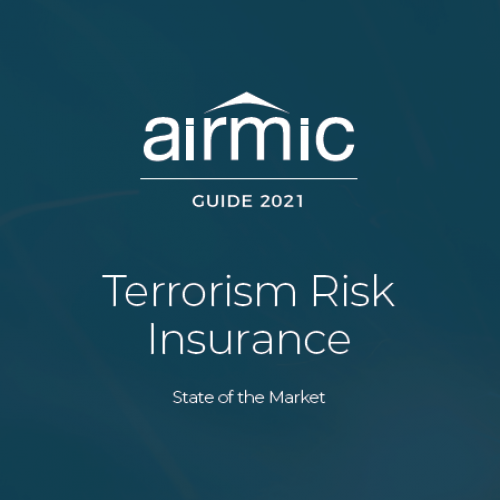Terrorism risk insurance
Introduction
Download the guide in full here
As Aon’s Risk Maps 2020 report on political risk, terrorism and political violence highlighted,1 in the number of terrorist attacks in Western countries by Islamist extremists has continued to drop year-on-year, as the terrorist group Islamic State has become more preoccupied with operations by its affiliates in the Middle East, Africa, and Asia.
Meanwhile, extreme right-wing terrorist attacks have increased in frequency over the past five year. Lone actors have been the primary perpetrators of attacks motivated by right-wing extremist ideas, often emulating one another.
The Covid-19 pandemic offers new opportunities for terrorist groups, which have taken advantage of the situation of flux wreaked by the pandemic to resuscitate their movements. The pandemic may seem to have had a suppressive effect on terrorist groups and their ability to operate – at least initially, until the terrorist incidents in France and Austria in 2020 – but it has also challenged the ability of counter-terrorism forces to keep terrorist threats in check.
The threat of terrorism is constantly evolving. Terrorist attacks, now regarded as a foreseeable risk, can result in human casualties, property damage, business interruption, legal liability issues and long-term damage to brands and reputations. Organisations also need to ensure corporate governance and duty of care responsibilities are integral to their crisis management strategy.
- Fill out an application Our membership manager will assess your eligibility against our criteria.
- Complete your profileIf you are eligible for membership you will be asked to answer a few questions about yourself.
- PaymentYou can make payment online using a card or request an invoice.

